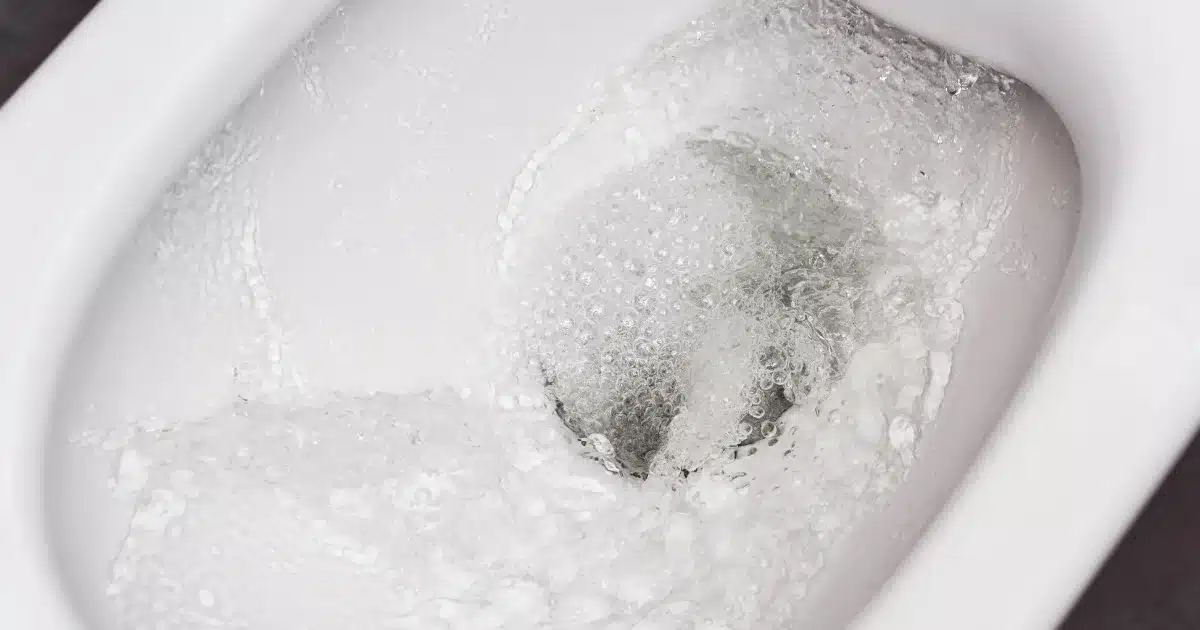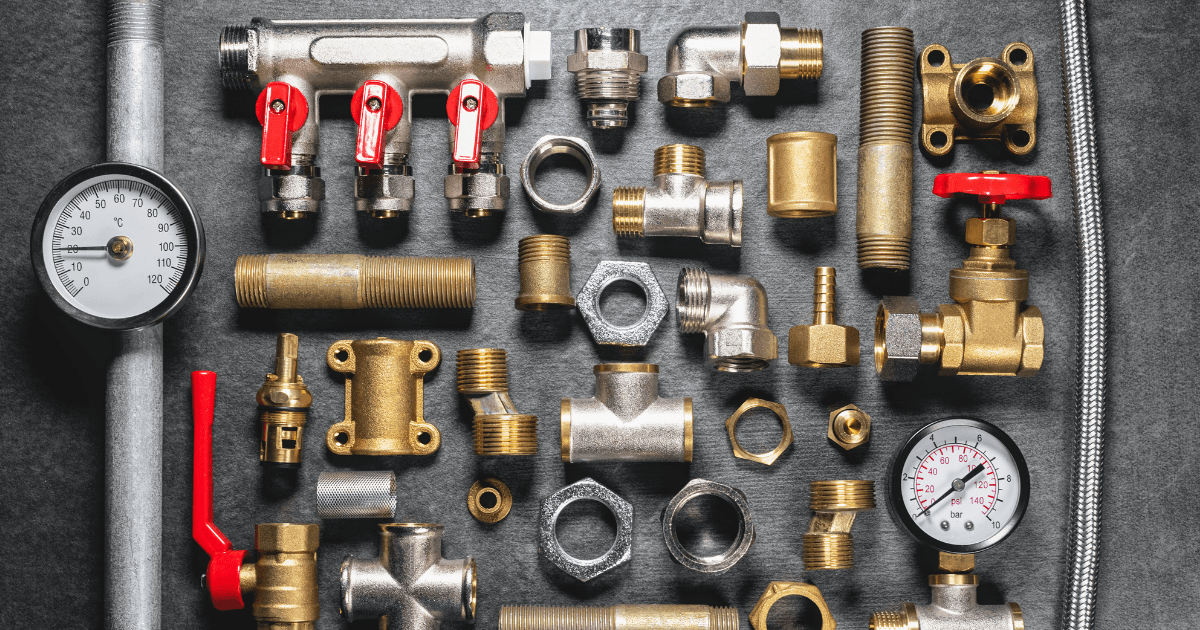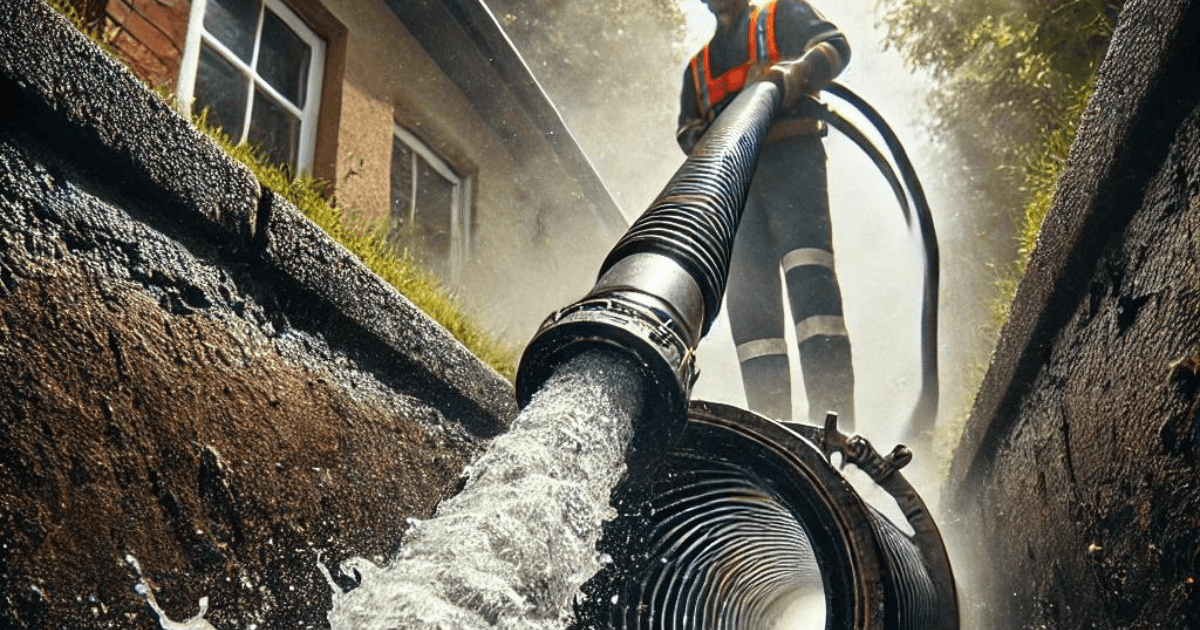A water-efficient toilet is a smart investment for any homeowner looking to save money on water bills and reduce their environmental impact. Compared to traditional toilets, water-efficient toilets are designed to use less water per flush, which can save you a lot of money. These toilets use around 1.28 gallons per flush, less than the 3.5 to 7 gallons per flush older toilets use. Some models even have a dual-flush option that allows you to use less water for liquid waste and a higher volume for solid waste. For your toilet to remain water-efficient, it needs to be maintained regularly by your plumber. During regular checkups, your expert can advise you on how to make your toilet water efficient. As a homeowner, here is how you can make your toilet water-efficient.
Table of Contents
ToggleReplacing the Flush Handle
A flush handle is an important toilet component connected to the flushing mechanism. The handle operates the flush valve to release water from the tank into the bowl. Over time, the flush handle can become loose or damaged, leading to issues such as water wastage. If the handle is not attached properly, it might not be able to activate the flushing mechanism, resulting in countless flushes or a running toilet. If the flush handle is not fixed, much water will be wasted. With the help of a plumber, the old flush handle can be replaced to help the toilet maintain its efficiency.
Fixing Leaks
Leaks from your toilet are bad for your plumbing system and bathroom floor. Over time, leaks can waste significant water and cause unusually high water bills. Also, the moisture from a leaking toilet can create a favorable environment for mold and mildew to grow, harming your health. When your plumber checks your toilet, they should thoroughly inspect for leaks. Fixing the leaks will reduce water waste and make your toilet more energy efficient.
Install a Flapper Valve
A flapper valve is a component inside the toilet tank to regulate water flow from the tank into the bowl during a flush. The flapper valve can be damaged with time, causing water to leak from the tank into the bowl. This will result in water wastage and high water bills. Luckily, your plumber can replace the old flapper valve with a new one to prevent leaks.
Installing a Low-Flow Toilet
A toilet is the most used of your home’s plumbing fixtures. Because of its frequent operation, it needs to be in good condition, so it doesn’t waste water. If the current toilet in your home is outdated, it might be costing you a lot on water bills. The best thing you can do is hire a plumber to install a low-flow toilet that doesn’t use much water per flush. Compared to a traditional toilet, a low-flush toilet can help you save water over time.
Low-flow toilets are designed to use less water per flush, compared to traditional models that use more water even when flushing the liquid waste. Upgrading to a low-flow toilet will save a household up to 13,000 gallons of water per year.
For most homeowners, the upfront cost of a low-flow toilet might seem higher than that of a traditional toilet. However, the long-lasting water savings make a low-flow toilet a worthwhile investment. Hiring a plumber to install a low-flow toilet is an effective way to ensure water is used efficiently and save you lots of money on water bills.
Adding a Toilet Bank
A toilet bank is a plastic bag or container that helps displace water in the toilet tank. It is filled with water and placed in the toilet tank to help minimize water used per every flush. When some water in the toilet tank is displaced, the toilet bank minimizes the water used per flush, saving more water. It is one of the most affordable and simple solutions a plumber can add to your toilet to make it more water-efficient. Toilet banks are a great option for outdated toilets with more water per flush.
Using the Half-Flush Option
The half-flush option is a great feature found on dual-flush toilets. When using the half-flush option, less water is used compared to the full flush. The half-flush becomes effective when flushing liquid waste, where much water is needed to clear the bowl. If you have a dual-flush toilet in your bathroom, use the half-flush option to make your toilet water efficient. Contact a plumber for assistance if you don’t have a dual-flush model. It will be a smart investment that will save you a lot of water and money for years to come.
Adjusting the Water Level
It is always good to ensure that the water level in the toilet tank is set correctly. It should be about 1 inch below the overflow tube. This will ensure your toilet uses the amount needed to flush the bowl. If the water level is too high, the toilet will use more water per flush. Conversely, if the water level is too low, the toilet may not flush the bowl effectively, resulting in clogs and extra water usage.
When the water level is set correctly, the toilet will flush smoothly, reducing the likelihood of clogs and other problems that can damage your toilet. If the water level in the toilet tank keeps changing, call a plumber to inspect the toilet.
Contact Us Today
If you want more advice on ensuring your toilet is water-efficient, contact the experts at On Services today. We have professionals who will advise you on the best ways to make your toilet efficient for years. Also, our experts can help you install a low-flush toilet, repair the flush handle, or fix any existing leaks. Call us today to learn more about plumbing solutions for your bathroom that can help minimize water usage.





